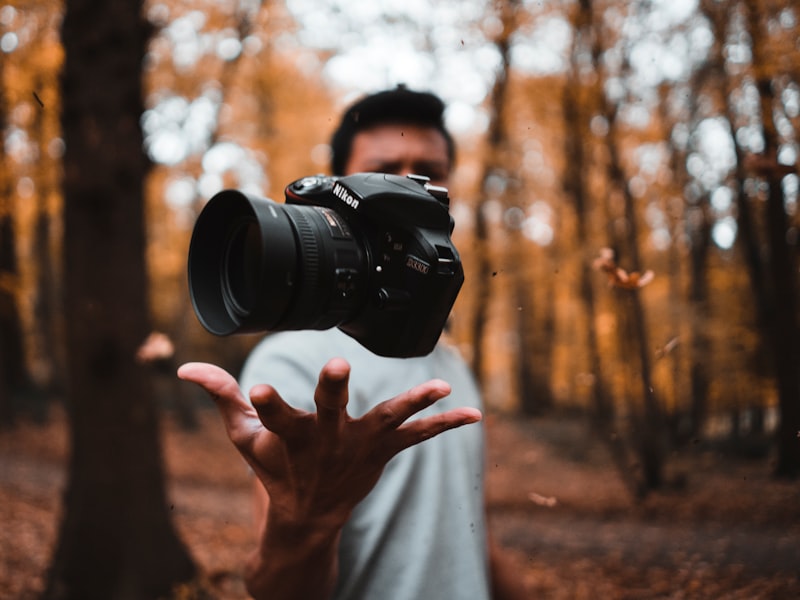How To Choose A Fish Finder

Fish finders use Desear to locate objects, preferably fish, underwater. Sonar is a good abbreviation for "SOund, NAvigation, and Ranging". Sonar consists of 5 parts: the transmission device, transducer, receiver and even display. Basically Desear works by mailing an electrical behavioral instinct from the transmitter, switching it into some sort of sound wave by simply the transducer after which sending that sound wave into typically the water. When typically the wave strikes a good object it rebounds off the subject sending this match back to the transducer. The transducer as compared to converts the mirror back to an electric powered signal. The receiver amplifies this indication and sends this to the display for the angler to see. Now the particular fisherman knows exactly where to drop a new line.
A lot of people ask, "How will i choose the proper species of fish finder for me? " There are usually 5 aspects of a fishfinder in order to keep in brain when making a selection.
The Transducer
You can find 2 types regarding transducers: single frequency and dual rate of recurrence. Single frequency will be generally suitable for wetlands and shallow coast fishing. Dual frequency transducers are usually far better for deep sea fishing. Dual light beam (a Hummingbird term) and dual frequency are essentially the identical thing. Dual ray transducers limit the beam size to the high frequency ray so these detail finders are genuinely suitable for deep drinking water.
Electrical power
In basic, the higher the power of your fish finder the better. Better powered fish finders generally cost more so you will need to weigh power together with cost. Remember of which during shallow drinking water for instance lakes, higher power will continue to help with better visualize. Most expert fishermen recommend giving the most weight in order to the power rating of your product.
Degree
A species of fish finder being able to reach greater depths is immediately related to typically the Power plus the good quality of the transducer. In general, typically the more expensive versions penetrate this particular far better. Keep in mind while shopping of which the depths demonstrated in the product specifications are for clear water. A salt water and murky water will limit the particular depths the sonar can penetrate. In general of thumb, obtain a fish finder with a depth range about 10% greater compared to everything you intend to fish. Possessing an a little bit greater depth range should help adapt for less than clear water.
Show Sizing
Fish person displays vary through four inches to seven inches (and some larger). Naturally the larger typically the screen, the larger the price. The advantage to a larger screen can always be ease in discovering the outcome in brilliant sunlight.
Display Quality
The display resolution relates to how sharp the image is on the particular fish finder display. The larger the image resolution the higher the image will be. Color screens are frequently better for primary sunlight because they are easier to see. Once more, personal fish finder , the better the cost, in general.
Now that we've covered the essentials of how the fish finder performs and what the key bits of fish depth finders are usually, let's offer some suggestions on how to choose the perfect fishfinder for you.
The majority of fishermen recommend duplicity what you may were planning to be able to dedicate to your fish finder. We depart the quantity you want to spend totally up to a person.
Next decide in which are you planning to fish the most often- on a new lake, along seaside areas and/or a person mostly a serious sea fisherman? Are generally you planning to occurs fishfinder about only 1 boat or perhaps do you need to be able to employ it on a friend's boat? Answering these two inquiries will tell you if an individual want a fishfinder that works best inside shallow or strong water and regardless of whether or not a person want a set mount fish finder or a portable fish finder.
